The first photographs were created around the 1820s, so it took a hundred years for photography to be recognized as a serious medium in art - a topic that seems normal nowadays. But today, we are facing a phenomenon called NFT photography, which we do not have a correct definition of, and we have faced the debate many times whether they are art or not.
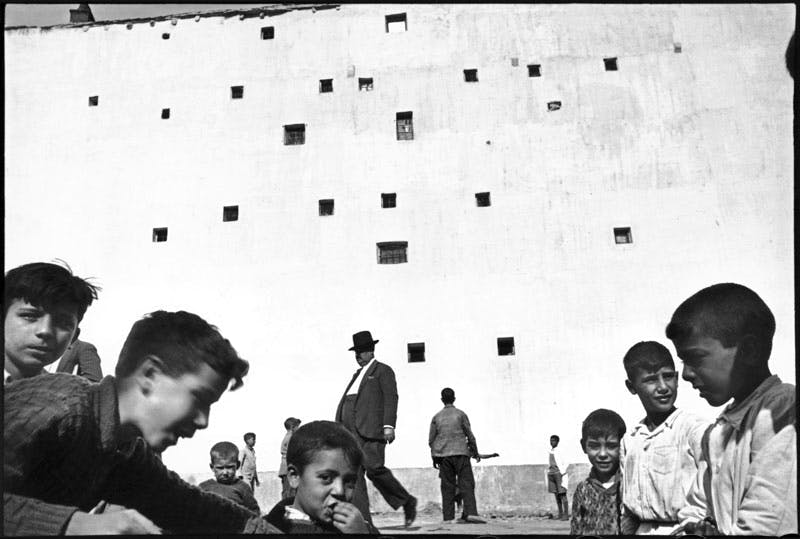
In this thread, we will discuss the difference between decorative art and fine art and how we can categorize NFTs photography.
We are usually faced with two terms: Fine art and decorative art. In decorative art, the aesthetic appeal and practical aspects of the work are dominant over the semantic and conceptual layers of the work. That is, the work was created with the intention of pleasing and stimulating your aesthetic sense.
Fine art is not easy to define and its definition has changed many times throughout history. But in the 1960s, the definition of art underwent a fundamental change with the emergence of the conceptual art movement. Conceptual art is a highly critical and challenging art that sought to negate and deny everything, especially modernist aesthetic thinking and its main medium: painting.
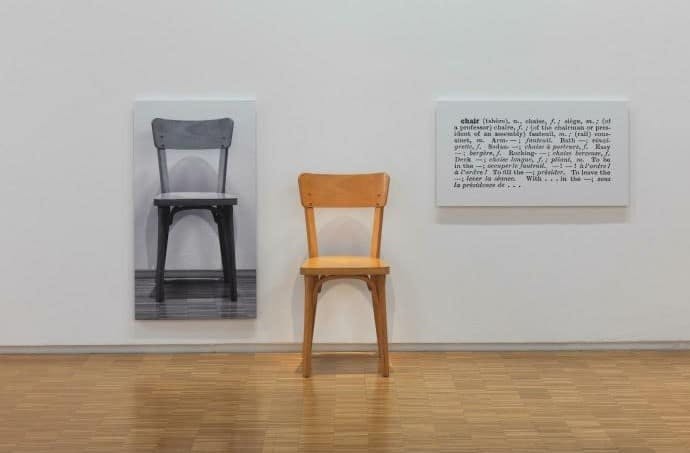
Modernists believed that painting is the highest and best medium for artistic expression. According to Clement Greenberg: "The realm of art is two-dimensional media or painting." However, conceptual artists challenged this definition, which often resulted in leaving the medium of painting.
Conceptual artists challenged three fundamental concepts of art:
1. The idea of the beautiful in art: Conceptual art was a complete negation of aesthetics.
2. Image: Art has always been a form of image, whether realistic or symbolic. But conceptual art was the end of looking at art in the form of images. Now even a line or text becomes art.
3. The medium of painting
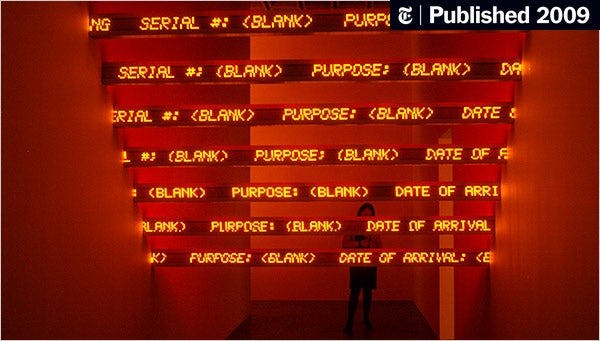
Conceptual art had different genres and each artist followed a part of them. Among these genres, we can mention the pattern of repetition and serial method, body and performance, verbal expressions, and intertextual approach, and finally photographs.
The photo has features that can be used as a matter for creating a work of art. Some conceptual artists looked for photo material and created works of photo-based art, which we call photo art today. Photo art is the continuation of conceptual art. Photo art is not art photography, the term we apply to any type of photo today.
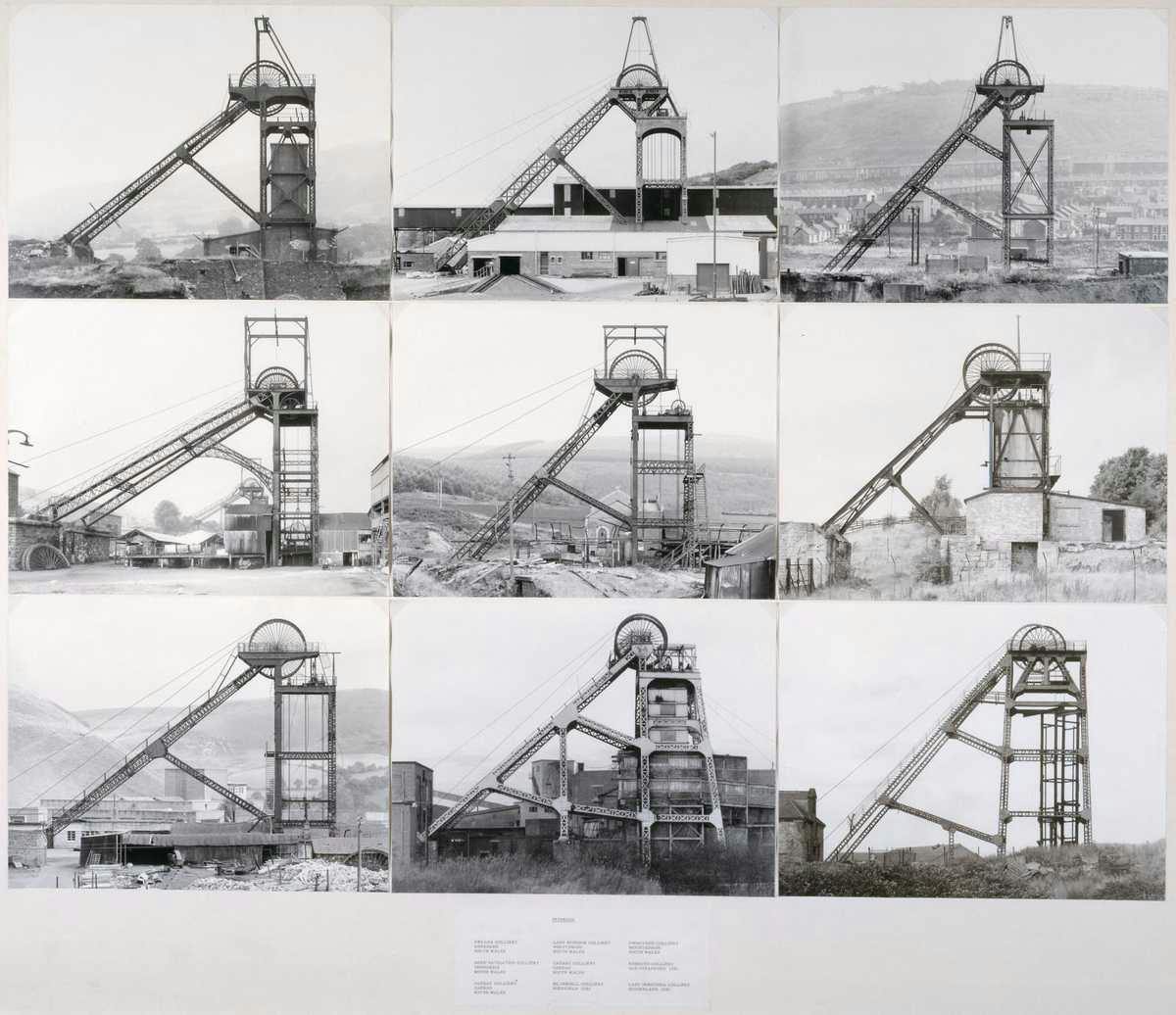
Photography includes different genres such as nature photography, documentary photography, journalistic photography, fashion photography, etc. In these genres, the technical skills of photography, such as framing, depth of field, clarity, lighting, etc., are very effective in the final quality, but in photo art, these are not only not mandatory, but are usually violated by the artist in order to achieve the desired meaning. Many of the conceptual artists who went to photography were not photographers and were only looking for the conceptual capacity in the photo.
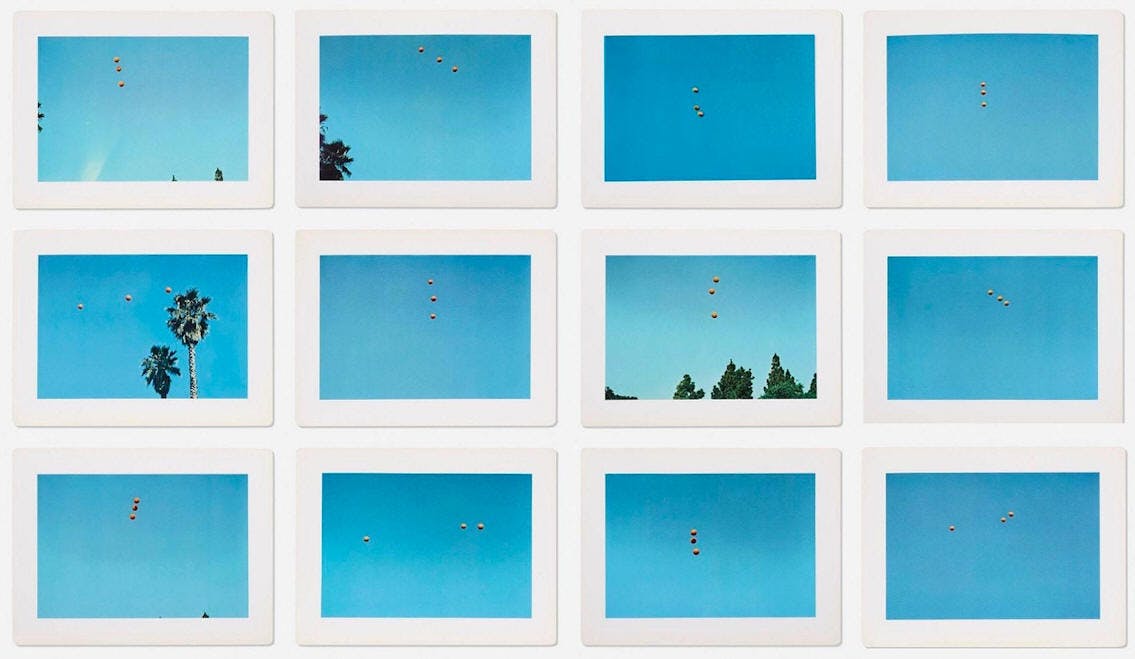
In general, contemporary art emphasizes a lot on the conceptual aspect of the work. Sol Lewitt once said: "In conceptual art, the idea or the concept is the most important aspect of the work. When an artist uses a conceptual form of art, it means that all of the planning and decisions are made beforehand, and the execution is a perfunctory affair. The idea becomes a machine that makes the art. This kind of art is not theoretical or illustrative of theories; it is intuitive. It is involved with all types of mental processes and is purposeless. It is usually free from the dependence on the skill of the artist as a craftsman.
Now, according to these explanations, when you come across an NFT photograph, pay attention to whether the photo is used as a medium to create meaning, pose a question, or play with signs and symbols, or the photographer's intention was to show his point of view towards the subject, or it was a kind of painting with a camera or to provoke the sense of aesthetics in you. In the first case, you are facing a type of photo art, and in the second case, you are facing a type of modernist photography or decorative photography.
Why is this categorization important? Because it affects the way we discuss and evaluate a work. You cannot judge a conceptual photo (photo art) from a technical point of view, because the photo was not created for this purpose. In many cases, the final photo has not been taken by the artist and they have used existing photos or photomontage techniques to achieve their goal.
#NFT #NFTPHOTOGRAPHY #PHOTOART